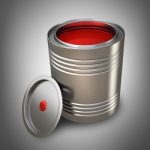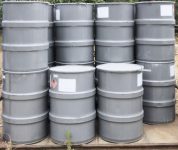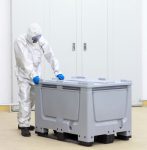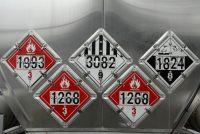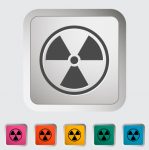Is Paint a Hazardous Waste?
Q. We spray paint small items such as pumps and motors and puncture the empty paint cans to capture the remaining teaspoon or so of paint that is placed in a drum. Is this remaining paint a hazardous material, and if so, how should we label the drum?

